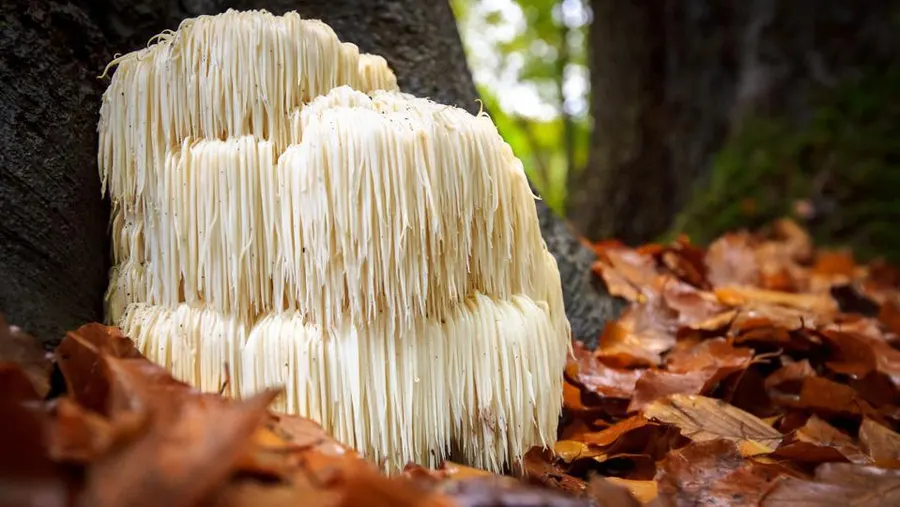LION's MANE


Hericium erinaceus (Lion’s Mane, Monkey’s Head, Bearded Tooth, Satyr’s Beard, Pom Pom Blanc, Yamabushitake)
Description
Lion’s Mane is an easily recognizable mushroom due to its unique appearance resembling a cascading waterfall of icicle-like spines rather than a typical cap and stem. The mushroom is white and soft, turning yellow or brown with age.
History of traditional use
Used traditionally in Chinese and Japanese medicine, Lion’s Mane was believed to give one “nerves of steel and the memory of a lion.” It’s been used for gastrointestinal problems and as a general restorative due to its purported nutritive properties.
Nutritional and Active Molecular Profile
Health benefits
Symptoms it can help relieve
Brain fog, memory issues, nerve pain, anxiety, and more.
Possible cautions/interactions
Lion’s Mane is generally considered safe for most people. However, some individuals might experience an allergic reaction, causing respiratory discomfort or skin irritation. Those with allergies, especially to mushrooms, should proceed with caution. As always, consult with a healthcare professional before starting any new supplement.
State of current scientific research
Research on Lion’s Mane is promising, especially concerning cognitive health and neuroprotection. While many traditional claims are backed by preliminary scientific studies, further research is required to validate these findings.
Online articles
regenerative protocol
mushroom